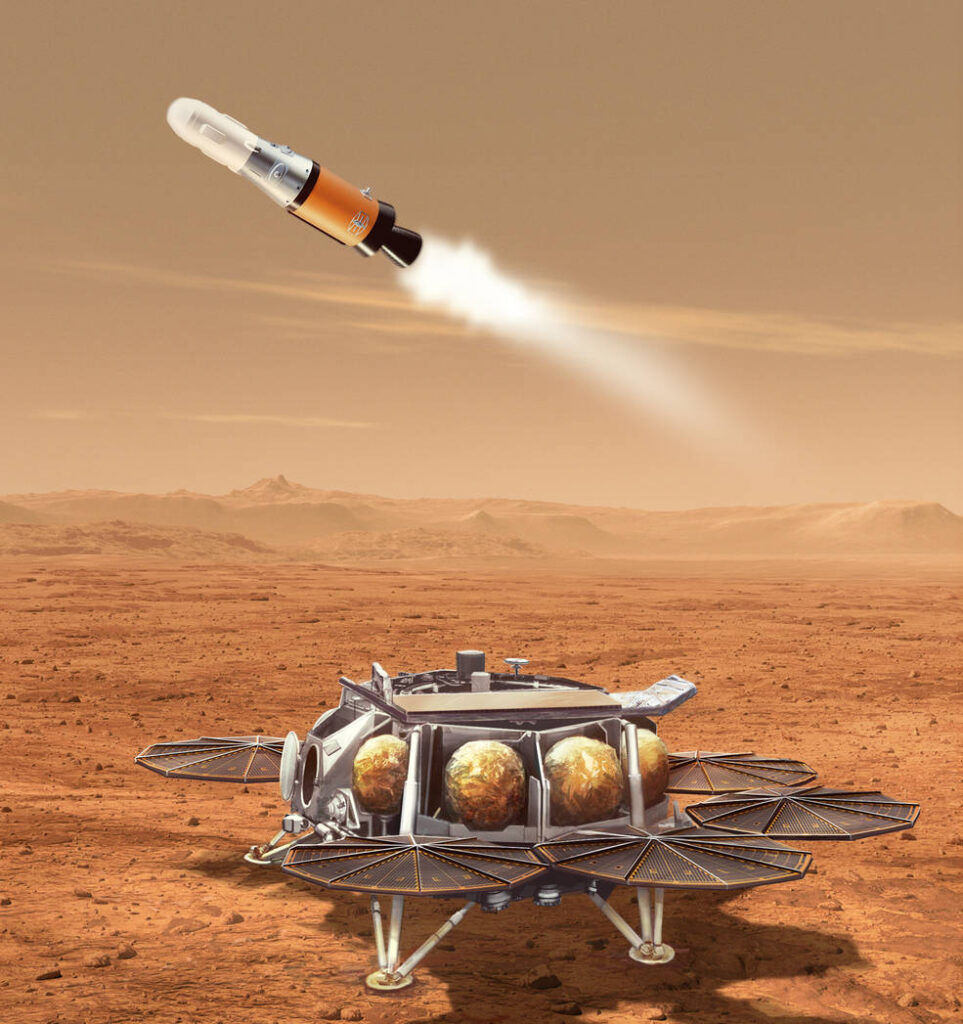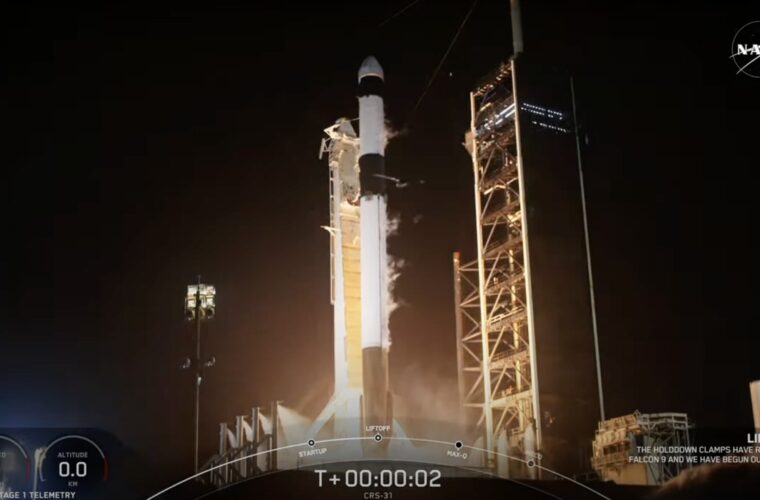Nasa recently announced the awarding of contracts to seven companies, including industry giants such as SpaceX and Blue Origin, to investigate cheaper methods of returning rock samples from Mars to Earth. This initiative represents a significant step in the search for traces of extraterrestrial life and the in-depth study of the red planet. The space agency issued an appeal to industry last April, inviting companies to come up with innovative ideas to bring Martian rocks back to Earth at a cost of less than the $11 billion in the current plan, known as the Mars Sample Return (MSR), and in a shorter timeframe, by 2040. The response was significant, with no less than 48 proposals received, from which NASA selected seven companies to conduct more detailed studies.
An ambitious challenge: reducing costs and time
Each selected company will receive up to $1.5 million to conduct 90-day studies. Among the winners are five major NASA contractors, whose inclusion comes as no surprise, and two smaller companies. NASA Administrator Bill Nelson expressed his enthusiasm for the vision that these companies, centers and partners will present, emphasizing the importance of discovering valuable information on the red planet faster, less risky and at a lower cost. Currently, the Perseverance rover is busy on Mars collecting several dozen samples of rock dust, soil and Martian air stored in special titanium tubes. These valuable samples will then be brought back to Earth for in-depth analysis in the hope of finding clues to the presence of extraterrestrial life.

Additionally, NASA centres, NASA’s Jet Propulsion Laboratory in Southern California, and Johns Hopkins’ Applied Physics Laboratory are producing studies. Once completed, NASA will assess all studies to consider alterations or enhancements to the Mars Sample Return architecture. “Mars Sample Return will be one of the most complex missions NASA has undertaken, and it is critical that we carry it out more quickly, with less risk, and at a lower cost,” said NASA Administrator Bill Nelson. “I’m excited to see the vision that these companies, centers and partners present as we look for fresh, exciting, and innovative ideas to uncover great cosmic secrets from the Red Planet”.
An exciting future for Mars exploration
Among the companies selected for the studies are Lockheed Martin, the only one to have built a spacecraft capable of successfully landing on Mars; Northrop Grumman, a partner in the development of the Mars Ascent Vehicle; Aerojet Rocketdyne, known for its rocket thrusters; and the giants SpaceX and Blue Origin, both of which are developing spacecraft for the Artemis lunar missions. Two small companies, Quantum Space and Whittinghill Aerospace, will also conduct studies for NASA, demonstrating how this initiative involves companies of different sizes and skills.
The Mars Sample Return mission represents one of the most complex challenges ever faced by NASA. Still, the involvement of these companies and partners in finding innovative solutions bodes well for the future of red planet exploration. With their contribution, the space agency aims to make this mission faster, cheaper and safer, paving the way for new discoveries that could change our understanding of the universe and life beyond Earth.
Nasa’s Mars Sample Return is a strategic partnership with ESA (the European Space Agency). Returning scientifically selected samples to Earth for study using the most sophisticated instruments around the world can revolutionize our understanding of Mars and would fulfill one of the highest priority solar system exploration goals as identified by the National Academies of Science, Engineering and Medicine.



